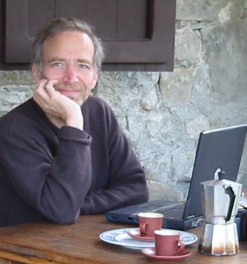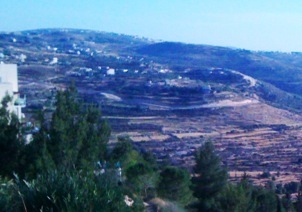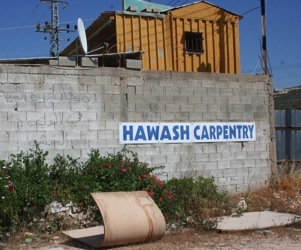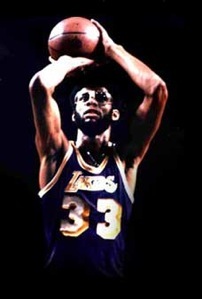Two days after Yom Kippur, I still hear the haunting melodies, the plaintive, minor-key supplications, as much the expressions of human longing to feel close to God as literal pleas of hungry sinners for forgiveness.
Certain lines keep coming back. Atah b’khartanu mikol ha’amim–You chose us from all the nations—is one. But I always think of the punch-line that follows in the Yiddish proverb: Vus hostu zikh ongezetst oyf undz?—What did you have against us?? And then of course, the passage from the Shmoneh Esray, repeated at least seven times in twenty-six hours: V’tekhezena ayneynu b’shuvkha l’Tzion b’rakhamim—May our eyes behold your return to Zion in mercy.
I was born two years before the Jewish state, and I grew up both intoning that prayer and beholding the fruit of its repitition, of eighteen centuries of yearning. At a minimum, I beheld the return of the Jewish people, or at least a huge part of it, from exile—the answer to another prayer: V'korev p'zurenu miben hagoyim, unefutsotenu kanes miyarktey aretz—And gather us from among the nations, and collect our scattered ones from the ends of the earth.
About five hundred thousand Jews in the year I was born, more than five million today. From Morocco, Yemen, Poland, Russia, England, Australia, South Africa, Ethiopia, India, China, Argentina, Canada, the United States, to name a few. But if God has also returned to Zion, I have to say it is not always in mercy; in fact, it can be with a vengeance.
Consider three episodes of the past ten days. On October 1, a mosque was torched in an Arab village in northern Galilee, by right-wing Jews. President
Shimon Peres visited the village, Tuba Zanghariya, to declare his solidarity with the people, and his shame. “There is
not one Israeli who is not ashamed,” he told them. But obviously this is not true.
On the walls of the mosque that survived the fire were the Hebrew words, “Revenge,” and “price tag.” There were also references to Asher Hillel Palmer, who had been killed with his baby son a month earlier. Two Palestinians had thrown rocks at their car, which then went off the road and turned over.
“According to the Torah, there is a need for collective punishment,” said the Chief Rabbi of Kiryat Arba, the West Bank settlement the Palmers were from. So, not surprisingly, some so-called Jews imposed collective punishment on a whole Bedouin community far from the scene of that killing. Nice touch, the “price tag” metaphor; way to remind the world of one of the most durable stereotypes about Jews.
Next, on the very eve of Yom Kippur, in ancient, peaceful Jaffa, two adjacent cemeteries, one Muslim, one Christian, were viciously vandalized. Gravestones were covered with grafitti—sound familiar, fellow Jews? “Mavet la’Aravim”—“Death to the Arabs”—were among the scrawlings desecrating the tombs. And, oh yes: “Price tag.”
Are the perpetrators the scum of the earth or very ardent Jews? Hint: They are both.
As for the third incident, the perps aren’t making us guess who they are. They are standing in broad daylight in their black ultra-Orthodox uniforms vandalizing the hearts and minds of little girls. Jewish girls. Orthodox Jewish girls, on their way to school, a school our friends the black hats don’t approve of. So the girls run the gantlet every day. They have stones and tomatoes and feces thrown at them by these men of God. They wake up with bad dreams in the night. And the next morning, before they leave for school, they ask their mothers, “Are they still there?”
Yes, dear. They are there. Yes, they will yell at you, terrible things, again and again. Yes, again, they will throw disgusting things, they will try to force their way past police officers and soldiers so they can get closer to you and scream their obscenities louder, right in your ears. No, dear, I cannot stop them. No, I don’t know why they hate you. Yes, I am sorry, but you still have to go to school.
Like those little girls, Israel lives in a dangerous neighborhood, surrounded by the holier-than-thou, God’s warriors. Hamas and Hizbollah perpetrate and threaten violence every day. Turkey now supports them and yells curses in Israel’s ear. Egypt, in the wake of its revolution, is crushing Coptic Christians under tanks. Syria, in the course of its own, is slaughtering its citizens by the hundreds. And Iran, whose main export is terror, is threatening Israel with complete annihilation.
Yet the greatest danger will likely come from Jewish fanatics within. They are the fifth column, the undermining insiders, the rotten canker in the core. They are our Al-Qaeda. They are on the side of the enemies of the Jews. They are enemies of the Jews.
If you read the history of the fall of the Second Temple, the destruction of Jerusalem, and the exile of the Jews from their home for two millennia, you will find the same undermining rot in the core, the same internal enemies of our people. They weakened us. They made the external enemies victorious.
Today they are the best friends of Iran and Hamas and Hizbollah, the time-warped, mirror-image-heirs of fanatics of other faiths who tormented our people throughout history. If they prevail, Israel is doomed. And they call themselves Jews.












